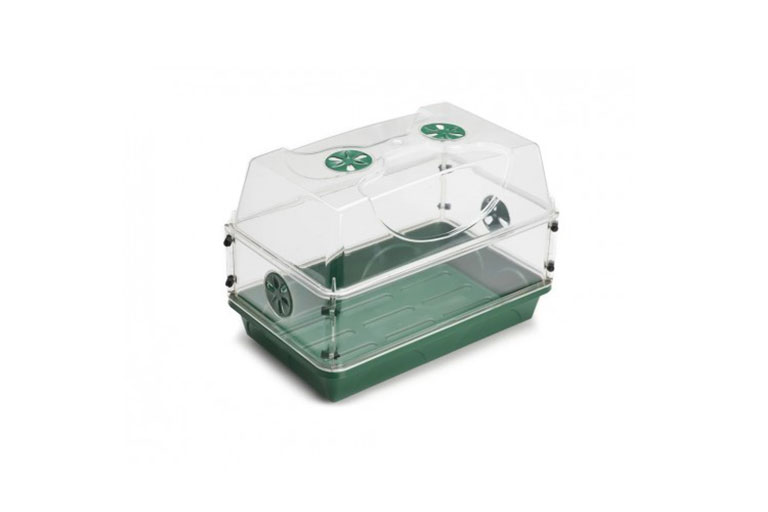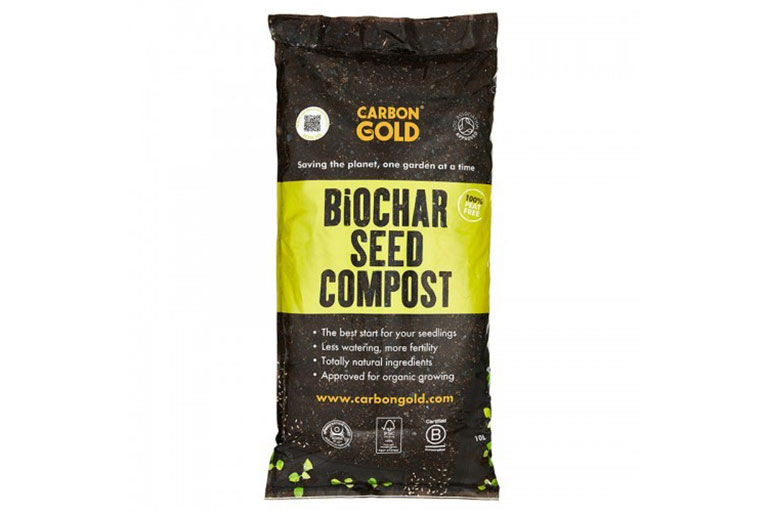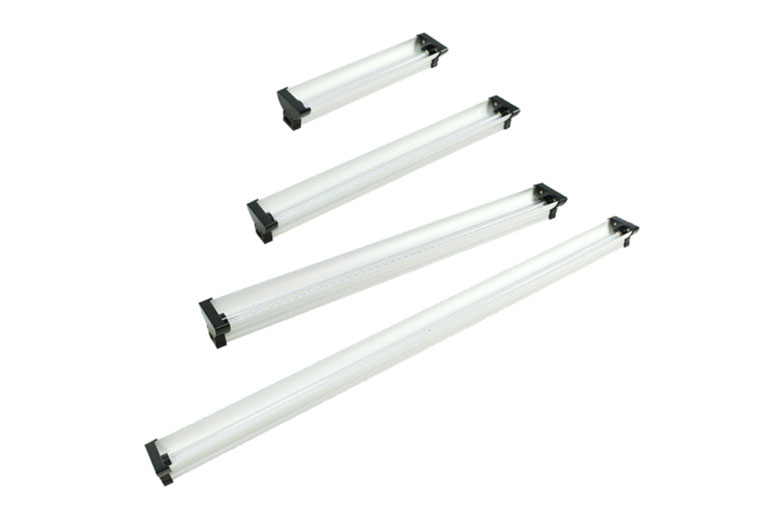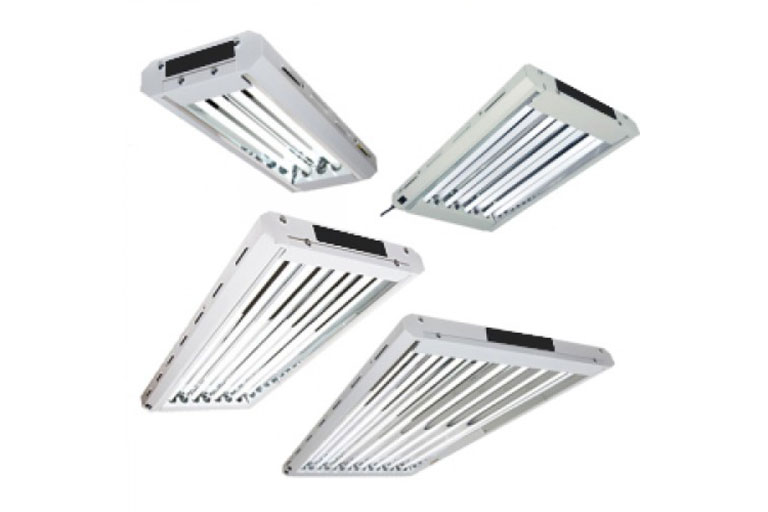The No Fail Seed Germination Guide
Whether you’re planning your summer season of allotment growing or growing hydroponically indoors. January onward is a great time to get your seeds through germination and started in propagators. For instance, starting tomato and chilli seeds in January gives them plenty of time for early vegetative growth before transplanting outside in spring.
A dedicated propagator and grow lights allows you to control your plants’ environment.
The UpYouGrow range of propagators is perfect for the job. Using a height extender with your propagator lid means you can grow your plants on for longer, making staring earlier in the year a great option.
Starting early means you can grow bigger, more robust plants that yield earlier. Propagated plants are also more likely to outperform plants germinated naturally. All you need is enough space to home the propagator.
The following guide will cover the rest for you.
What is Germination & What do Seeds Need to Germinate?
Germination is the first stage of a plant’s life, as it sprouts from its hard seed coating. Seed germination depends on many environmental factors. The most important factors include:
- The right temperature conditions
- Exposure to water
- Exposure and access to oxygen
- Available light
However, it’s not one rule for all. Different plants require different variables for successful germination. This often depends on the seed variety and conditions of that plant’s natural habitat.
Temperature and humidity are two of the most critical factors involved in germinating a seed. To ensure that these needs are met, many pieces of equipment are available to help you. Heated propagators or heated mats that sit at the bottom of your propagator will help you achieve this.
Using a dedicated seed compost, like Carbon Gold Biochar Seed Compost will help you no end.
Carbon Gold Biochar Seed Compost’s unique, organic blend gets your seeds off to the best possible start. Biochar is enriched with essential minerals, trace elements, beneficial bacteria and fungi, including Mycelium, which are known to promote strong root development of seedlings.
What is the Optimum Temperature Required for Seed Germination?
Seeds (even within the same species) will germinate over a wide range of temperatures. Most annual vegetables have a germination range of 24-32 C. However, some species like radishes or spinach can germinate at significantly lower temperatures (4C).
Tips for Germination For Hard-to-Start Seeds?
Seeds that are difficult to germinate often have a harsh seed coat that does not split easily.
The three primary methods for “encouraging” the hard-to-start seeds to grow are:
- Scarification is to scar or scratch or nick the hard seed coat.
- Stratification is to exposure to cold temperatures.
- Soaking hydrates seeds with tougher seed coats.
If you are unsure if the seed needs scarification, soak the seed in water overnight. You don’t need to scarify, if it swells up.
Common Mistakes Made While Growing Seeds Indoors
Adequate Light
Only use grow lights explicitly designed for plants. Ideally, keep the lights about 2 to 3 inches away from the seeds. When your seedlings first appear, keep the lights on for 12 to 16 hours per day. You can use a timer to turn them on and off automatically.
Too Much or Too Little Water
The seed-starting medium must be kept damp but not wet. Watering from the bottom enables the seedlings to soak water through the pot’s drainage holes with less risk of over-watering.
Planting Seeds at Correct Depth
The general rule when planting seeds is to bury them two to three times as deep as the seed is wide. Of course, species do vary, so always check first.
Incorrect Temperature
Most seeds must be kept warm to germinate. Once a seedling emerges, it can tolerate fluctuating temperatures but keep the plants in the 24C-32C range.
How many hours of light do seeds need once germinated?
Add a grow light as soon as any green growth emerges. Leave the light on for at least 18 hours for the first weeks. The new leaves need as much light as possible to start the photosynthesis process.
Is it safe to leave an LED to grow light on for 18 hours a day?
High quality LED lights are incredibly long-lasting and can be left on 24 hours, seven days a week. Unlike other lights, LEDs produce minimal amounts of heat, which means they are unlikely to overheat. As with all electrical devices, however, in some scenarios, LEDs can fail, so always take safety precautions when you can.
Can you plant seeds in any season?
If you’re growing and raising plants indoors, such as herbs or microgreens, you’ll get great results and sow seeds all year round. This is as long as you can provide light, heat and humidity.
If transplanting outside, then sowing times vary depending on the plant
As a general guide:
- Spring sowing – most tender and half-hardy flowers and vegetables.
- Summer sowing – biennial flowers, such as foxgloves and fast-growing salad vegetables.
- Autumn/Winter sowing and early spring salads and vegetables for planting out in spring.
- Late winter sowing – tender and half-hardy flowers and vegetables that need a long growing season, like chillies.
What are the Best Lights to Grow Plants Under?
Plants growing outdoors use the full spectrum of sunlight. However, indoor plants don’t have access to sunlight, they grow best under full-spectrum lights. Full-spectrum grow lamps produce a cool and warm light balance that replicates the natural solar spectrum. The difference depends on what stage your plants are in. For example, your plants need less intense light in propagation than when in Flower.
Cuttings and seedlings need lots of blue light during propagation. They also need it in the Veg’ stage. With this in mind, using specific propagation lights will give you the best results.
Examples of Suitable Propagation Grow Lights
Dedicated LED propagation grow lights, like Streetlight LEDs are perfect for the job.
You can also use low-intensity Lightwave T5 fluorescent lights for propagation after germination. Fluorescents emit light mainly in the cool blue spectrum, making them perfect for early growth. They provide moderate light levels for early growth without stressing, stretching or overheating your plants.
How Many Hours a Day Should I Use A Grow Light For?
The amount of light you need to provide your plants depends on the lifecycle stage. For instance, the following bullet points show you what this means.
Propagation and Vegetation Stages
During propagation and vegetation, the light cycle should be:
- 18-hours on and 6-hours off.
Flowering Stage
In the Flower stage, the light cycle should be:
- 12-hours on and 12-hours off.
After Germination: How do you Prepare Seedlings Before Transplanting?
It is best to prepare your seedlings for transplant by “hardening them off”. So you’ll get the best results by performing this gradually.
This means gently conditioning the seedlings for the outdoors by slowly exposing them to the elements. When your plants are ready, over the next 6-10 days, you’ll gradually increase the amount of time your seedling spend outside.








